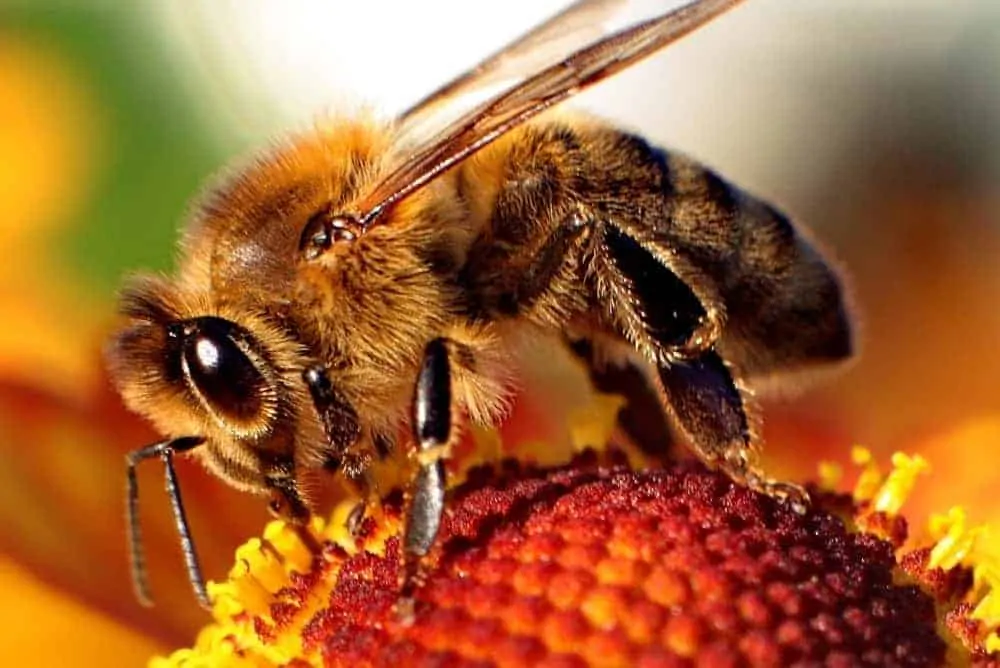Love the Ouch
If you’re like most people, the idea of being stung by a bee is painful at best. Sting sites swell and itch. Sometimes they also ache. Bee sting reactions can vary depending on a wide range of factors, but these symptoms can spread well beyond the site of the sting itself. And these symptoms can last for days. It’s tough to imagine why anyone would willingly allow themselves to be stung. And for a small percentage of the population who have allergic reactions to bee stings, they can actually be deadly.
For people suffering with arthritis and other chronic pain conditions, however, bee stings can also be a source of relief. The active ingredient in bee venom has anti-inflammatory properties and also slows the production of interleukin-1, a compound that has been shown to produce arthritic pain.
 How it Works
How it Works
People choosing to receive bee venom therapy (BVT), also known as apitherapy, must be stung by 80+ bees each session – usually once a day. The treatment only works when the stings are from live bees. The precise balance of chemicals found in bee venom have not been recreated successfully in a laboratory setting. Venom that is ingested or brushed on does not seem to produce the same benefits, so the sting is required. Often, people who provide BVT will raise their own bees specifically for their purpose.
The treatment provider will gently grab a bee with tweezers and place it next to the patient’s skin where the bee will be provoked and naturally sting the soft, waiting flesh and then promptly die. Frequently, patients receive this treatment daily.
The Science
Studies in humans seem to indicate that bee venom injections may be effective in treating many chronic pain conditions, but too few studies have been done to provide any conclusive results. Anecdotal evidence leads many people to believe in the power of BVT and try it themselves. With the advent of modern pain control medications, the majority of these studies have ceased, so we may never really know how, or if, BVT works to manage pain.
Small studies have begun looking at BVT to improve symptoms of Multiple Sclerosis. Thus far, the studies have been inconclusive in showing any improvement in quality of life for these patients. MS sufferers, however, report improvement in symptoms.
To date, there have been no studies looking at the effects of BVT on fibromyalgia, IBS, or depression. Sufferers of each of these, however, often report alleviation of symptoms when they receive BVT therapy.
 The Dangers
The Dangers
Although only 2% of the population will have an anaphylactic reaction to bee stings, prolonged exposure to any substance can cause an allergy to develop. People undergoing BVT are at a much higher risk to develop a bee sting allergy than the rest of the population. As such, they should always have an epi-pen available.
Signs of anaphylactic shock include hives; swelling around the eyes, lips, throat, and tongue; vomiting; slurred speech; mental confusion; and difficulty breathing. At the first sign of these symptoms an epi-pen should be used. It’s also a good idea to call 911.
For first time BVT recipients, a “test” sting is recommended, but remember that a severe allergy can develop at any time. Just because someone can handle 49 bee stings doesn’t mean the 50th sting won’t cause a serious problem.
Other Downsides
When a honeybee stings a human it generally dies. Bees were given the beautiful job of pollinating plants and flowers humans and other animals need to survive. They were also given the power to create their own universe and meet all their own needs within the boundaries of their hive. Their ability to sting was developed as way to defend themselves, their hive, brood, and food. It was not developed as something to heal, though it may have the ability to do so.
Due to chemicals and environmental degradation, bees are in serious trouble. Using their stings to heal may or may not provide relief from a variety of conditions, but it will absolutely kill each one of the bees. Since the bees need our help to recover from the environmental damage and continue providing for us, it might make more sense for breeders who raise bees for BVT to switch focus and raise bees with a focus on strengthening the population.

